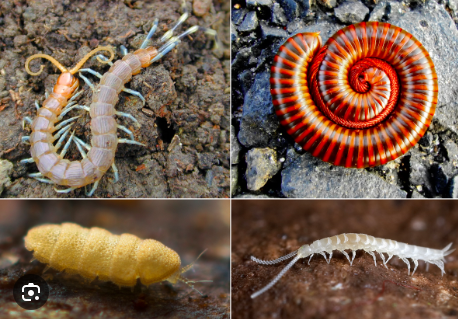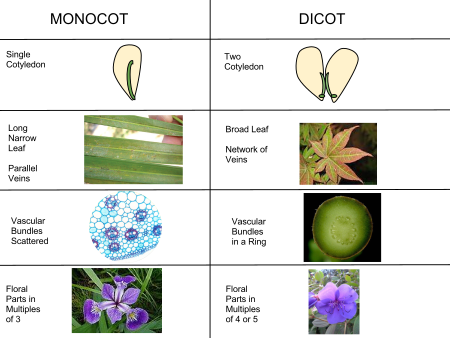Igcse bio: Classification
1/31
Earn XP
Description and Tags
Name | Mastery | Learn | Test | Matching | Spaced |
|---|
No study sessions yet.
32 Terms
Taxonomy
placing living organisms into categories on the basis of morphology and anatomy, to make it easier for scientists
Morphology
overall form and body shape of living organisms
anatomy
internal body structure by dissection
Recently they use DNA analysis
-organisms which are closely related have similar base sequence in DNA
Advantages of using DNA:
accurate, faster, cheaper and allow larger scale identification and only trace sample used
King Phillip came over for grandma’s spaghetti
Kingdom Phylum Class Order Family Genus Species
Genus
group of organisms similar to each other but if breed they breed they wil produce infertile offsprings
species
group of living organisms share the same characteristics and if they breed together they will produce fertile offspring
Binomial naming system
First is the genus name: starts with capital letter
Second if the species name: starts with small letter
eukaryotes
all have their DNA enclosed in a nucleus they are classified into 4 kingdorm
-Animals
-Plants
-Fungi
-Protocitist
animals
multicellular, no cell wall, heterotrophs (feed on other organisms)
Plants
Multicellular, Have cell wall, Made from cellulose, autotrophs
Fungi
Cell wall (+large vacuole), made from chitin not cellulose, usually multicellular, saprophytic (decomposers) or parasitic (cause disease)
protocitist
-may have cell wall made of cellulose (have chloroplast so autotrophs)
-while some may have no cell wall (no chloroplast so feed as heterotrophs)
viruses
viruses couldn't be added to one of the five kingdoms, as they don't show the typical features of living organisms, in other words they are parasites that feed and reproduce on the host cell causing harm to their host.
Animals (vertebrates)
vertebrates (have back bone) and invertebrates (no backbone)
mammals (vertebrates)
Body covered with hair/ fur
Give birth Feed / suckle their babies with milk
Have mammary glands Whiskers
Have external ear/pinna Different types of teeth Heart with 4 chambers
reptile (vertebrates)
Body covered with a dry scaly skin
Lay rubbery / leathery shelled eggs
amphibians (vertebrates)
Have moist skin Lay jelly coated eggs in water
Young breath through gills
Adult breath through lungs
Birds (vertebrates)
Have wings Beak
Feathers Lay hard shelled eggs
Legs covered with scales
fish (vertebrates)
Scales Gills Fins and tail Lay jelly coated eggs
Arthropods (invertebrates)
All arthropod
1. Segmented body
2. Jointed legs
3. Exoskeleton

Myriapods
many pairs of jointed legs and body parts

Crustaceans
number of pairs of jointed legs: 5
Number of body parts: 2
other key features: chalky exoskeleton, 2 pairs of antenna
archnids
number of pairs of jointed legs: 4
Number of body parts: 2 (cephalothorax, abdomen)
other key features: no antenna
Insects
number of pairs of jointed legs: 3
Number of body parts: 3 (head, thorax, abdomen)
other key features: 1 pair of antenna, 1 or 2 pairs of wings, compound eyes
Flowering plants
They have roots, stem , leaves
They have xylem and phloem
Reproduce sexually by producing seeds
Seeds are produced in ovary of flower
Non flowering plants
1. They have root , leaves and stem
2. Have xylem and phloem in stem ( they are short tubes with no open ends )
3. Leaves are called fronds
4. They reproduce by producing spore ( asexual) 5. They don’t have thick cuticle , can only survive in shady , humid areas .
Monocotyledon
Seed: one cotyledon
Leaves: no leaf petiole (no stalk) narrow elongated leaves parallel veins
Petal: multiplies of 3
Root: fibrous root

Dicotyledon
Seed: 2 cotyledon
Leaves: leaf petiole, broad oval leaves, network vein
Petal: 4 or 5 petals
Root: Tab root

non- flowering plants
1. They have root , leaves and stem
2. Have xylem and phloem in stem ( they are short tubes with no open ends ) 3. Leaves are called fronds
4. They reproduce by producing spore ( asexual)
5. They don’t have thick cuticle , can only survive in shady , humid areas .
Non-flowering plants
1. Frond complex leaves with short conducting tubes ( xylem and phloem ) Stem has phloem and xylem
2. Rhizome ( underground stem ) for storage .